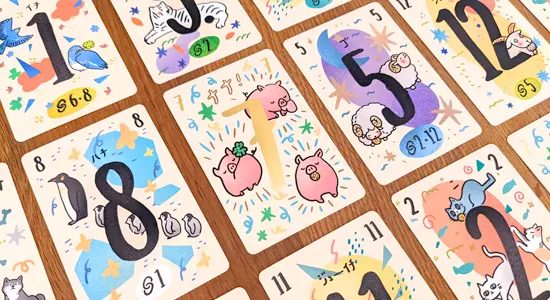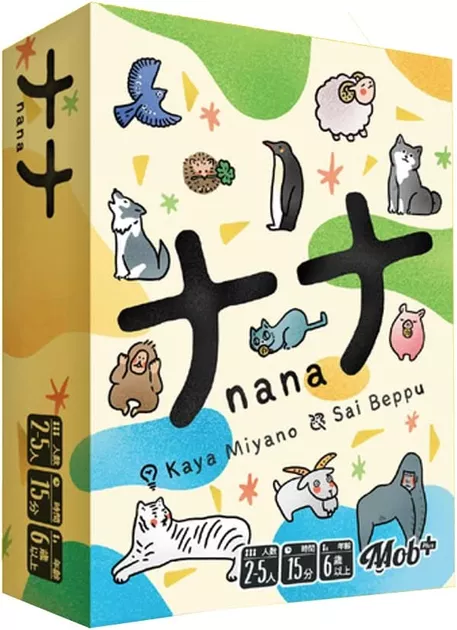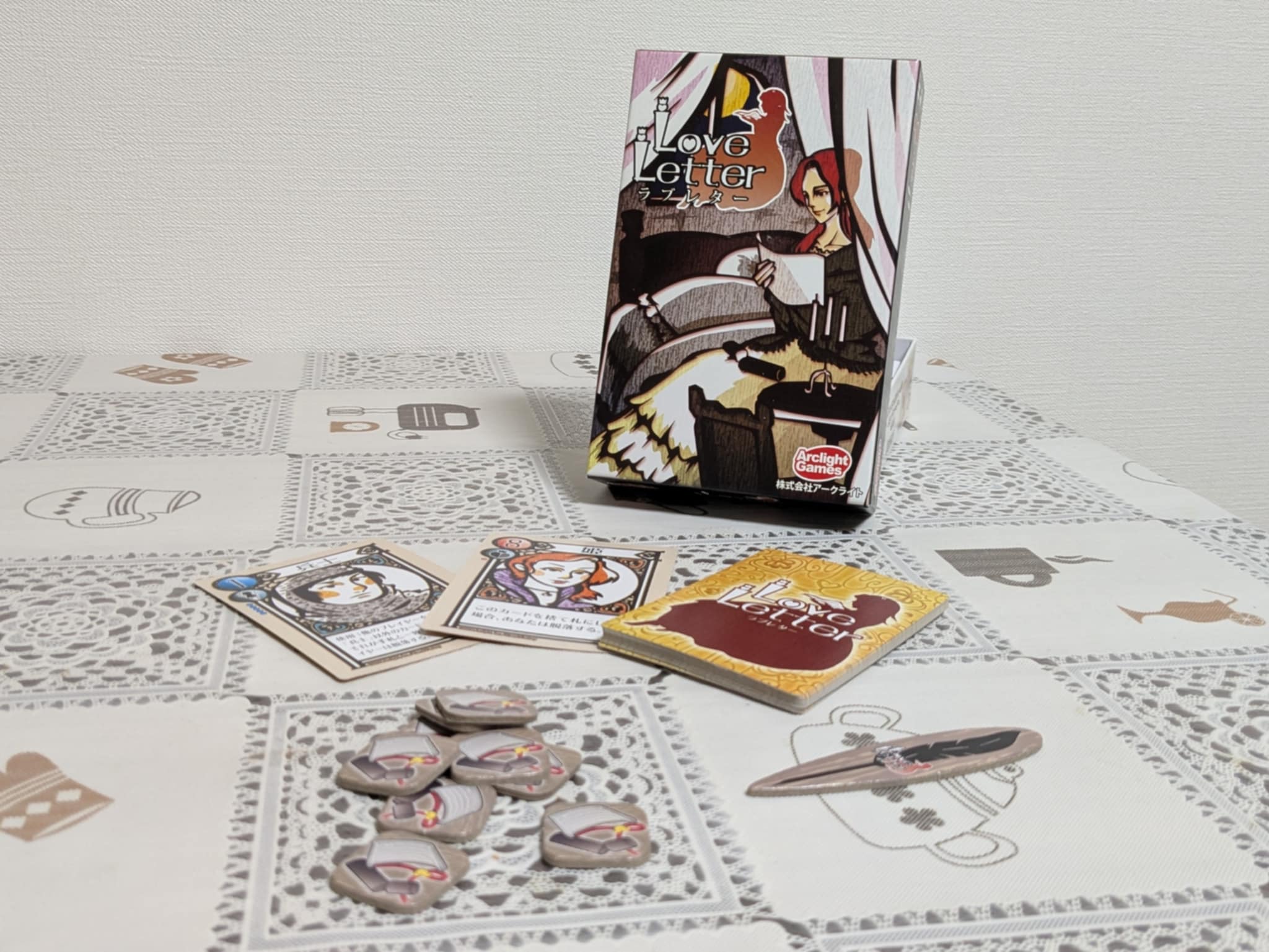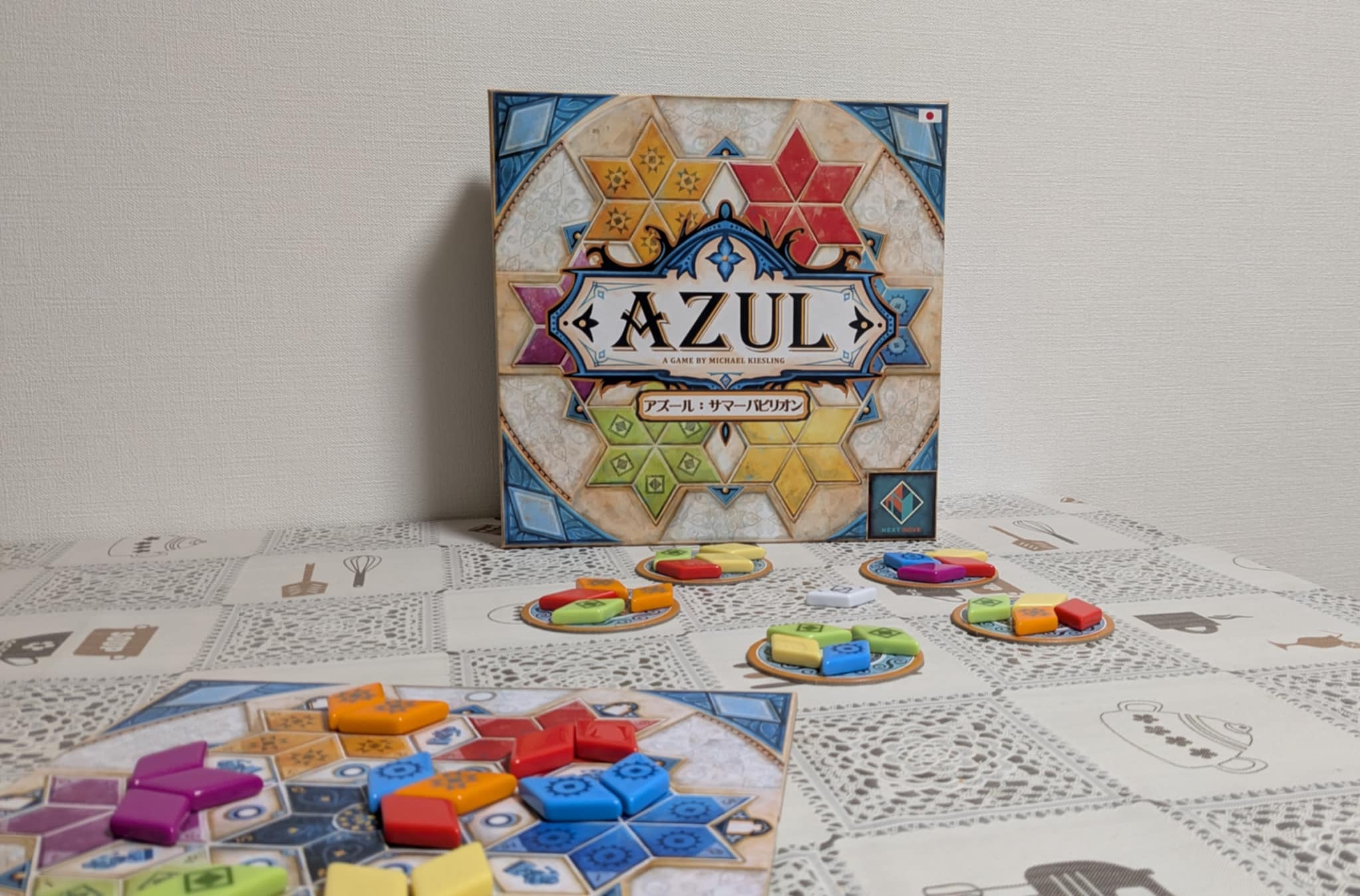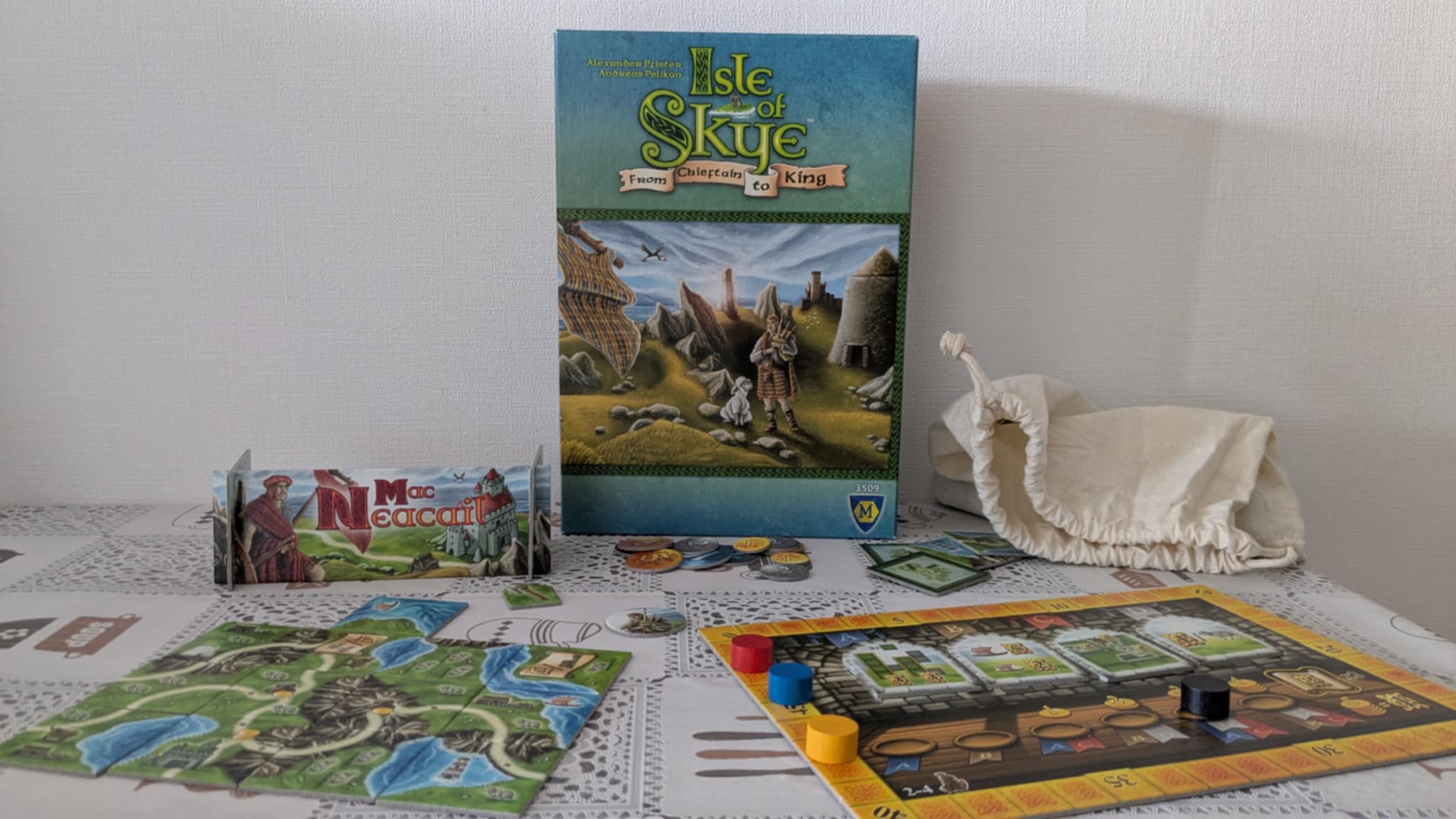Nana Card Game Review
Welcome to The Board Game Dialogue, where we sit down with some of the most clever, charming, and chaotic games on the market and give them a chance to speak for themselves. Today’s guest is a small box with a big personality—Nana, also known as Trio in some regions. Don’t let its cute animal illustrations fool you—this is a light memory game with a bite, and it might just surprise you.
What is Nana (Trio)?
Before we jump into the conversation, let’s give a quick introduction for those who haven’t yet stumbled across this delightful little card game.
Nana, designed by Kaya Miyano and illustrated by Sai Beppu, is a fast-paced memory and deduction game for 2 to 5 players. Players take turns revealing cards in an attempt to collect trios—sets of three identical numbers. With simple rules and quick turns, it’s easy for new players to learn, but the game shines in how it drips information slowly to the table, creating moments of tension, clever plays, and well-timed reveals.
While the core of the game is memory-based, Nana also introduces subtle layers of risk management, reading the table, and timing. Add in adorable animal art and satisfying victory conditions, and you’ve got a game that’s as fun to win as it is to laugh through a spectacular misplay.
Player Count: 2–5 players
Playtime: 15 minutes
Complexity: Light
Mechanics: Memory, Set Collection, Deduction
Theme: Adorable Animals
Let’s welcome Nana to the table and see what this mischievous little game has to say for itself!
Adorable First Impressions: How Nana Uses Cute Cards to Break Down Memory Game Barriers
Me: Nana! It’s so great to have you here. Honestly, before we get into how you play, I just have to say—you might be one of the cutest games I’ve ever seen. That little box, the soft colors, and those expressive animals… it’s impossible not to smile when I see you.
Nana: Aww, thank you! I try my best. I know memory games sometimes get overlooked, so I thought—why not show up looking my best?
Me: And it works! Memory games often carry a bit of baggage, right? People think, “Oh, it’s just about remembering stuff,” and that can feel limiting.
Nana: Exactly. Games like trivia reward knowledge. Word games reward vocabulary. Social deduction favors confident bluffers. And memory games? People assume they’re only fun if you’re good at remembering things. That can turn folks away.
Me: But you charm your way right past that.
Nana: That’s the plan! My tiny box, gentle art style, and adorable animals help ease players in. There’s nothing intimidating about a bear in a hoodie or a bunny with a bowtie. I want players to feel welcomed and relaxed, even if they’re unsure about memory games.
Me: Plus, the art isn’t just for show. It makes the whole game more engaging, since players are looking at those little animals all the time.
Nana: Definitely. If you’re going to stare at the same cards over and over, they might as well be cute, right? It helps keep the vibe friendly and fun, which makes people more willing to give me a try.
Me: It’s honestly refreshing. You’re a memory game that actually gets played, and it all starts with that charming first impression.
Nana: Just a sprinkle of sweetness goes a long way.
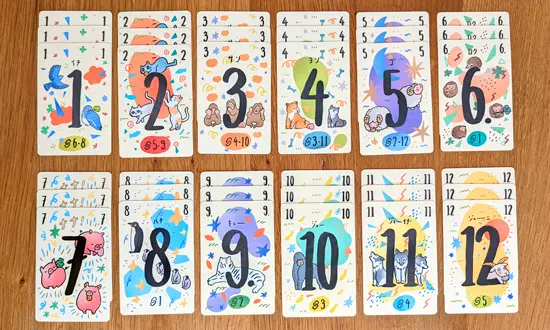
How to Play Nana – Taught by the Game Itself (Very Politely)
Me: You know, Nana, before we get too deep into strategy, I think some readers might appreciate a quick rundown of how you work. Care to walk us through it?
Nana: Oh, of course! I don’t mind at all—I love teaching new players. I promise I’m very easy to learn, so here’s how things go:
Each player starts with a hand of cards, but instead of holding them like usual, players lay them face down in front of them, arranged in numerical order from lowest to highest. This little detail makes everything smoother later on.
On your turn, you can reveal up to three cards. You get to choose from one of three spots: the lowest or highest card from another player’s row, or from the center pile. Start by flipping one card—if you like what you see, you can try again. If it matches the number you revealed earlier, keep going! Reveal a third card with the same number and—ta-da!—you collect that trio and place it proudly in front of you.
Of course, if you ever reveal a card that doesn’t match, your turn ends right there. No trio, no tears—we move on quickly!
Now, how do you win? Simple! The first player to collect:
- Two sets that add up to or differ by 7, or
- Three sets of trios, or
- A trio of lucky sevens
…wins the game! That’s it. No tricky rules, no complicated scoring. Just a bit of memory, a touch of luck, and a dash of timing.
Me: That is refreshingly simple.
Nana: Thank you! I like to think of myself as easy to learn, hard to forget.
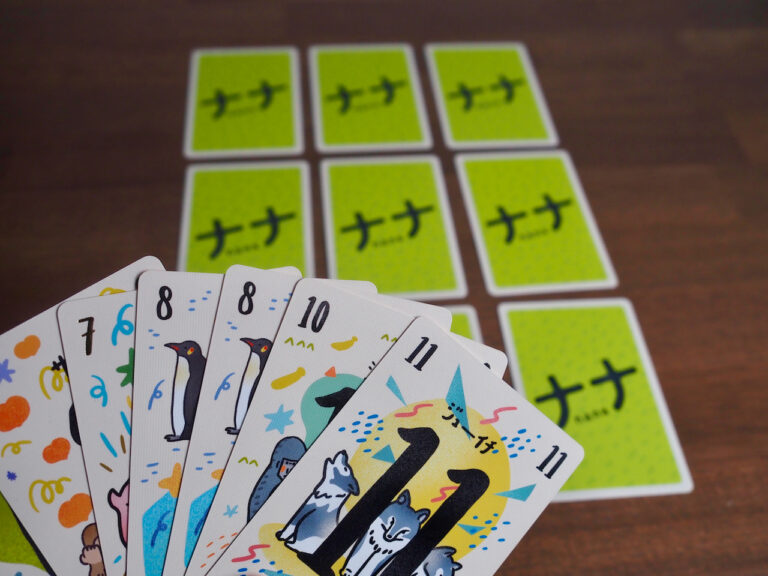
Why Nana Makes Memory Fun (Even for People Who Usually Hate Memory Games)
Me: Let’s talk about memory. I mean, you are a memory game, but you don’t feel like the overwhelming ones that make people tune out. What’s your secret?
Nana: That’s such a great point. A lot of people hear “memory game” and instantly feel nervous. They picture having to memorize a hundred things at once and feel like they’re at a disadvantage before they even start. But I work a little differently—more gently, you could say.
Me: You do have this way of easing people in.
Nana: That’s very intentional. I drip-feed information. On every turn, a little more is revealed. And thanks to my lowest and highest card rule, players know where the key cards are, which gives them helpful structure for remembering things. It’s not about memorizing everything—it’s about keeping track of a few small details that gradually build over time.
Me: And when someone wins a set, that trio disappears, which actually reduces how much you have to remember.
Nana: Exactly! So instead of getting harder as the game goes on, it often gets easier—less cards in total, fewer options, and a clearer picture.
Me: Plus, players are constantly checking cards again when they try to guess, so the table naturally reminds everyone of what’s been seen.
Nana: Right! The information stays fresh, thanks to how players interact with the cards. It’s less about raw memory and more about updating what you know, one step at a time. Simple, gentle, and actually fun.
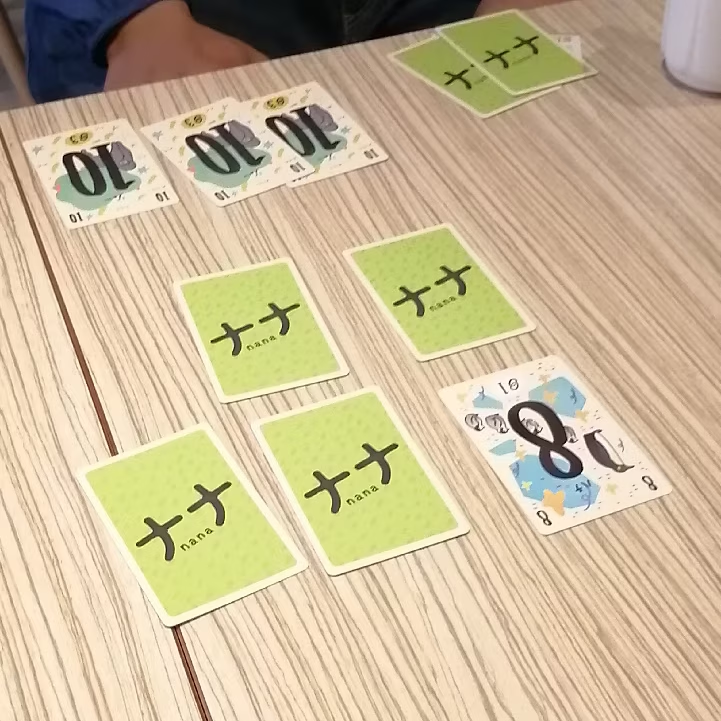
Nana’s Secret Ingredient: It’s More Fun on Everyone Else’s Turn
Me: Okay, Nana. I’ll be honest—so far, you’ve been sweet, simple, and clever… but it’s still hard to put my finger on what makes you truly special. What’s your secret? What’s the thing that takes you from “just another memory game” to something people can’t stop playing?
Nana: I’m glad you asked. Because this is where I really shine—I don’t just keep players engaged on their own turns. I keep them hooked during everyone else’s turns, too. That’s the heart of my design.
Me: You’re saying the game lies in the moments you’re not even playing?
Nana: Exactly. Every time someone reveals a card—whether it’s from their own hand or from the middle—it’s not just a move for them, it’s information for everyone. I gently encourage players to watch each other closely, to build their memory not from isolated turns, but from the full, shared experience.
Me: So everyone’s invested in every flip?
Nana: Yes! The best games make you care about what other players are doing, and that’s my quiet motto. But here’s the twist—it’s excruciating when it’s your turn and you realize the whole table is learning from your actions. That tension? That pressure? That’s what makes finally completing a trio feel amazing. Because when you win a set, you’re not just scoring—you’re denying information to everyone else.
Me: So clever. The fun’s not just in your own move—it’s in every move, from everyone.
Nana: That’s the secret. I’m light, yes—but you’ll stay locked in from beginning to end.
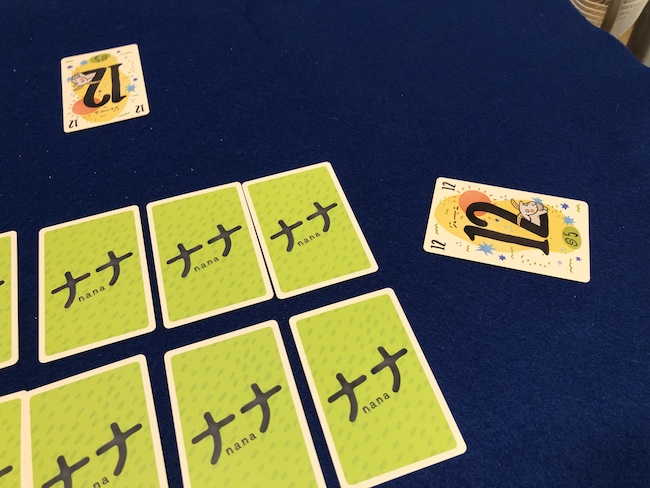
Three Ways to Win, Infinite Ways to Worry: The Hidden Arcs of Nana
Me: Nana, that tension you talked about—the pressure of revealing cards while everyone watches—it’s real. But it feels like there’s more going on beneath the surface. It’s subtle, but something’s building as the game goes on. What’s that about?
Nana: Ah yes, you’re starting to feel it. That’s one of the things I’m most proud of: my hidden arcs. I might look like a simple memory game on the outside, but what’s actually happening feels closer to a slow-burning strategy game—almost like a mini multiplayer war game.
Me: War game!? That’s unexpected.
Nana: Think about it. At the beginning, everyone’s gently revealing cards, poking around the table. It all seems harmless. But then someone wins a set. And just like that, the tension spikes. Now the table knows that player is one step closer to victory.
Me: Right, because of the sum or difference of seven condition?
Nana: Exactly. Once someone scores a set, the rest of the players unite in subtle resistance, watching what that player goes for next, trying to block or deny the right numbers. And if another player wins a set, the intensity ramps up again.
Me: And it’s not just about stopping others—you’re watching for your own outs too.
Nana: Yes! Maybe you’re behind, but suddenly you spot a path to a trio of 7s, and that gives you a wild card win condition. Those three ways to win create a game that constantly evolves. With every set scored, the stakes rise. The table tightens. And even if you’re behind, there’s always a sliver of hope.
Me: That’s what makes the game feel so alive—even when not much is happening on the surface, it’s buzzing underneath.
Nana: Precisely. For such a light game, I bring a surprising amount of drama. And that keeps everyone engaged from start to finish.
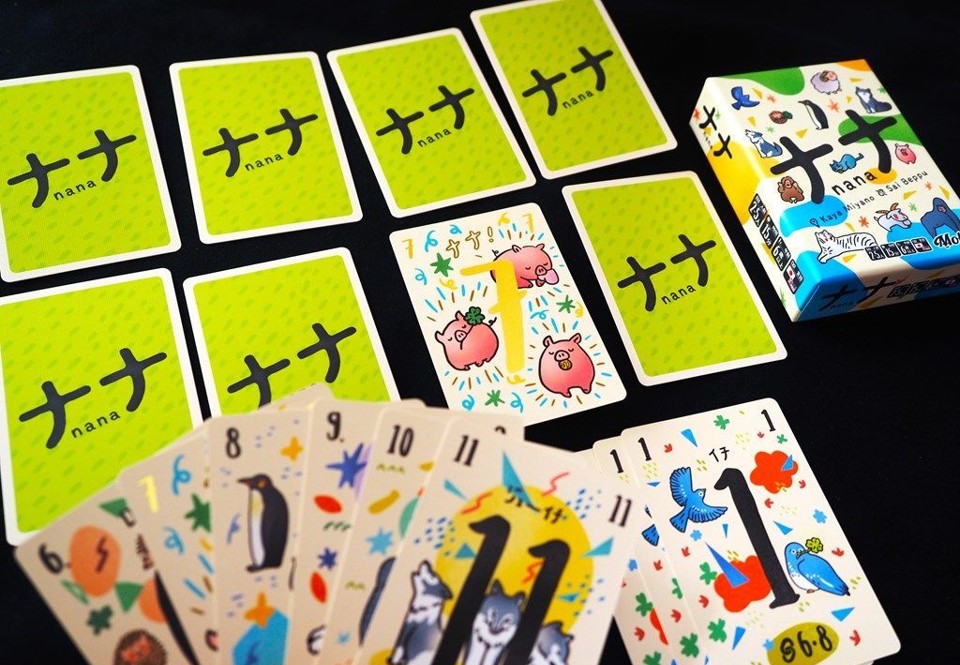
Not All Fluff: When Nana’s Sweet Face Hides a Surprising Edge
Me: Nana, I’ve got to say—this has been eye-opening. You look like a lighthearted little card game full of laughs, but the more I play, the more I realize… you’re kind of intense.
Nana: Heh. I get that a lot. People see my adorable box, the soft colors, the animals with big eyes, and they expect a silly filler game—something full of noise, laughter, and lighthearted banter. But that’s not quite what I am.
Me: No, it’s not. You’ve got this hidden layer of tension and silence.
Nana: That’s the thing. I’m still small and sweet on the outside, but my gameplay leans toward the quiet, focused side. Because I rely on memory and deduction, I create a mood that’s more about holding your breath than laughing out loud.
Me: And that can catch people off guard.
Nana: Definitely. I’ve surprised more than a few players who thought I’d be a party game. Instead, I give them a tight, mentally engaging experience that rewards observation and timing. And while some players love that contrast, others come expecting chaos and leave feeling a bit underwhelmed by the quiet.
Me: So really, it’s about knowing what you’re walking into.
Nana: Exactly. If you want loud laughter and table-slapping moments, I might not be your pick. But if you want a small, smart, tense little puzzle with just the right sprinkle of cuteness, I’ll be waiting.
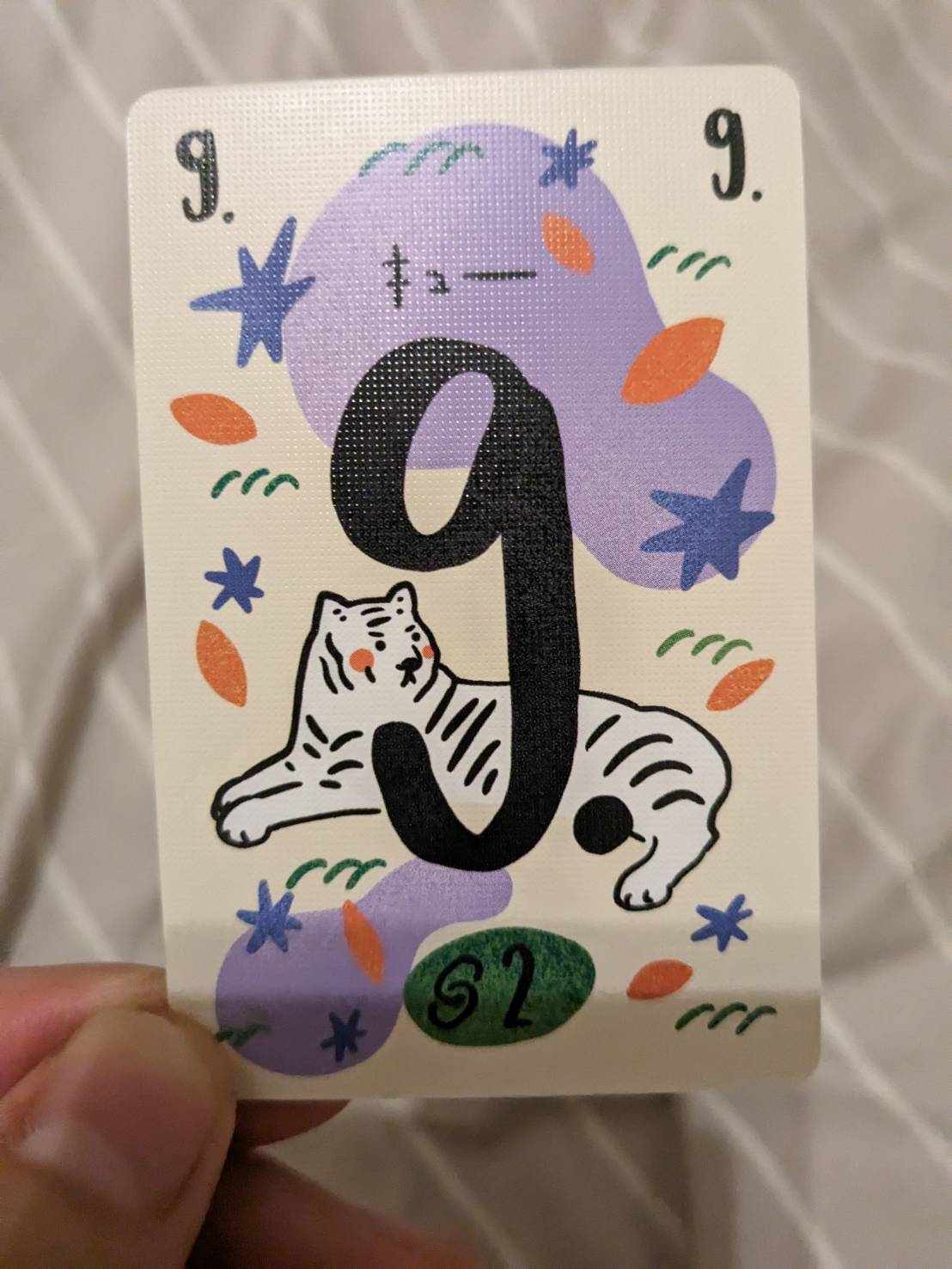
Final Verdict: A Small Box with a Big Brain
Me: Well, Nana, I have to admit—this interview didn’t go quite the way I expected. I came in thinking I’d be chatting with a cute little card game full of fluffy fun. But what I found was something much more surprising: a tight, tense, and clever little puzzle in disguise.
Nana: That’s me! I may look like a toy, but once the game begins, I ask players to stay sharp, read the room, and make smart choices. I’m not trying to overwhelm anyone, but I definitely want to keep people on their toes.
Me: And you succeed. You deliver a kind of quiet intensity I rarely see in games this small. It’s thoughtful, full of tiny risks, and incredibly satisfying when a plan comes together. But you’re also not for everyone.
Nana: That’s fair. I’m not your typical loud, laugh-out-loud card game. I don’t thrive on chaos or wild swings. I offer a more focused, internal tension. And that means some folks might bounce off me if they’re looking for raucous party vibes.
Me: But for players who want something small, smart, and refreshingly unique, you’re a standout. Especially for fans of memory games—or even skeptics who’ve never found one they liked—you’re the perfect quiet challenge.
Nana: That’s all I could ever hope for.
Me: Thank you, Nana. It’s been a delight speaking with you. I think a lot of people will walk away with a new appreciation for what you do.
Nana: Thank you. I may be tiny—but I’m proud of the little space I carve out at the table.
Conclusion: Not What It Looks Like—And That’s the Point
Nana is a small card game, but it doesn’t carry the energy most small box games do. It’s not loud, silly, or packed with laugh-out-loud moments. Instead, it presents itself in a gentle, inviting package, complete with adorable animals and simple rules—but underneath that charm lies a surprisingly tense, thoughtful experience.
While I genuinely enjoyed my time with Nana, I’m not entirely sure it’s one I’ll keep reaching for. The quiet tension and focus it requires make it feel closer to a logic puzzle than a party game. It’s not your typical small card game—and that might be exactly what makes it special for the right crowd.
If you’re looking for more lighthearted fun and interaction, try the chaotic charm of 6 nimmt! or the classic negotiation antics of Bohnanza. Want something with a bit of memory and deduction, but better suited for a larger group? Love Letter remains one of the best small-box games around. And if you want a memory game with a bit more spectacle and movement, Wandering Towers is a fantastic alternative.
Final Rating: 8/10 – A Quietly Tense Gem, Not for Everyone
✅ Pros:
Adorable artwork and warm visual design
Incredibly easy to teach and learn
Builds tension with a surprisingly clear arc
❌ Cons:
Memory mechanics can be polarizing
Quiet gameplay might not suit all groups
Cute appearance may mislead player expectations
Nana is a smart, sneaky little game—one that might surprise you, if you’re ready to play past its soft exterior.

